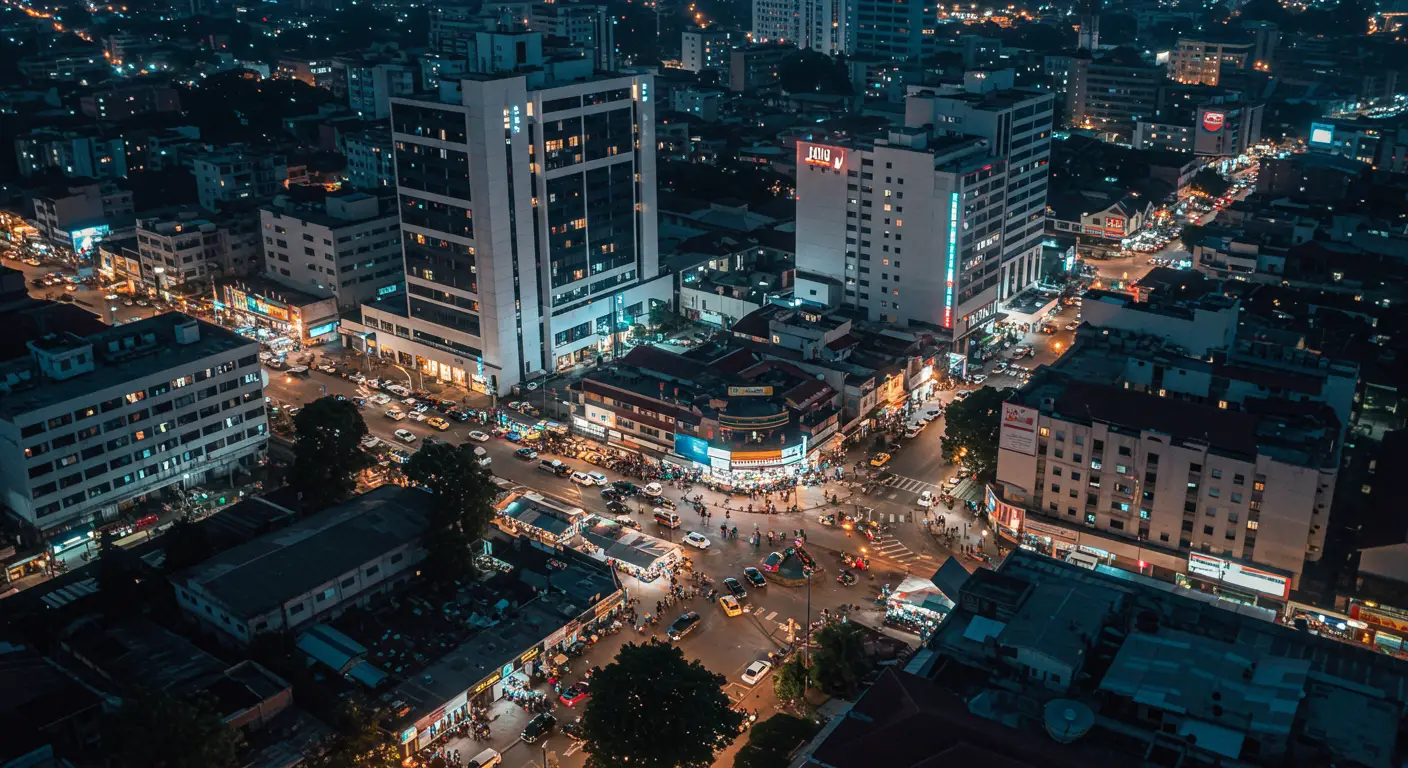Africa’s infrastructure landscape is undergoing significant transformation in 2025, with several key developments reshaping the continent’s economic potential. Based on trends and projects that were in development through late 2024, here’s an analysis of the current state and emerging shifts in African infrastructure.
As of early 2025, Africa continues to face a substantial infrastructure gap. The African Development Bank estimated this gap at $100-170 billion annually, with actual investment covering only about half of these needs. However, several positive developments are emerging:
Transportation Networks
Rail development has been a particular focus across the continent. The Standard Gauge Railway (SGR) projects in East Africa continue to expand, with Kenya’s line extending toward Uganda and Rwanda. In West Africa, Nigeria’s rail modernization efforts are improving connections between major economic hubs.
Road infrastructure remains critical, with the Trans-African Highway network making progress on several key corridors. The Cairo-Cape Town and Dakar-Lagos routes have seen significant improvements, though connectivity challenges persist in central regions.
Digital Infrastructure
Digital infrastructure deployment has shown remarkable progress. Mobile network coverage continues to expand, with 5G networks operational in South Africa, Nigeria, Kenya, and Egypt. Submarine cable projects like 2Africa are enhancing international connectivity, with new landing points established along both eastern and western coasts.
Data center investments have increased substantially, with major facilities operational or under construction in Nigeria, Kenya, South Africa, and Egypt, supporting growing cloud computing needs.
Energy Infrastructure
Africa’s energy landscape is experiencing rapid change. Renewable energy installations are accelerating, particularly in solar power. Countries like Morocco, South Africa, and Kenya are leading with utility-scale projects, while distributed solar solutions are revolutionizing rural electrification.
The Grand Ethiopian Renaissance Dam (GERD) continues to reshape regional power dynamics, with increased capacity coming online and new transmission agreements being negotiated with neighboring countries.
Africa’s infrastructure landscape in 2025 presents a complex but increasingly promising picture. The continent’s infrastructure gap remains substantial, but targeted investments, technological innovation, and improved governance frameworks are accelerating development in key sectors. The shift toward sustainability, regional integration, and locally appropriate solutions suggests a more effective approach to addressing Africa’s infrastructure needs is emerging.
For investors, developers, and policymakers, understanding these evolving dynamics is essential to capitalizing on the opportunities while effectively managing the inherent challenges of infrastructure development across the diverse African continent.

